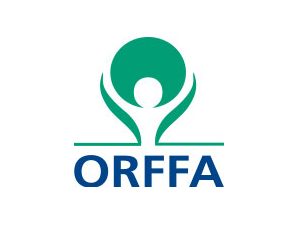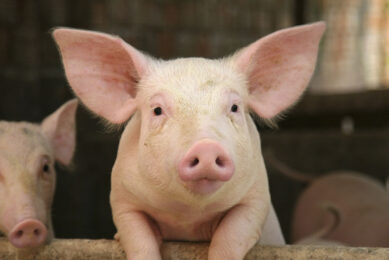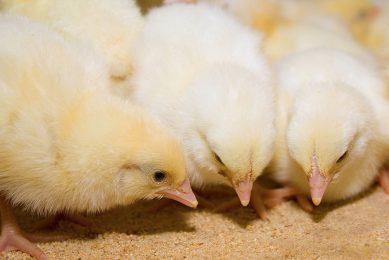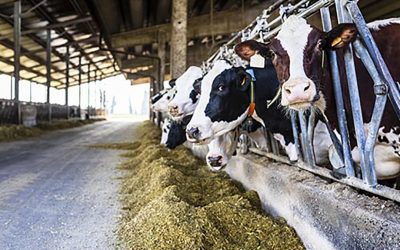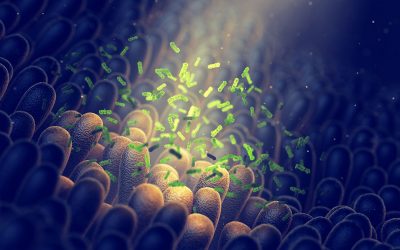Taking dust into account: Se compounds
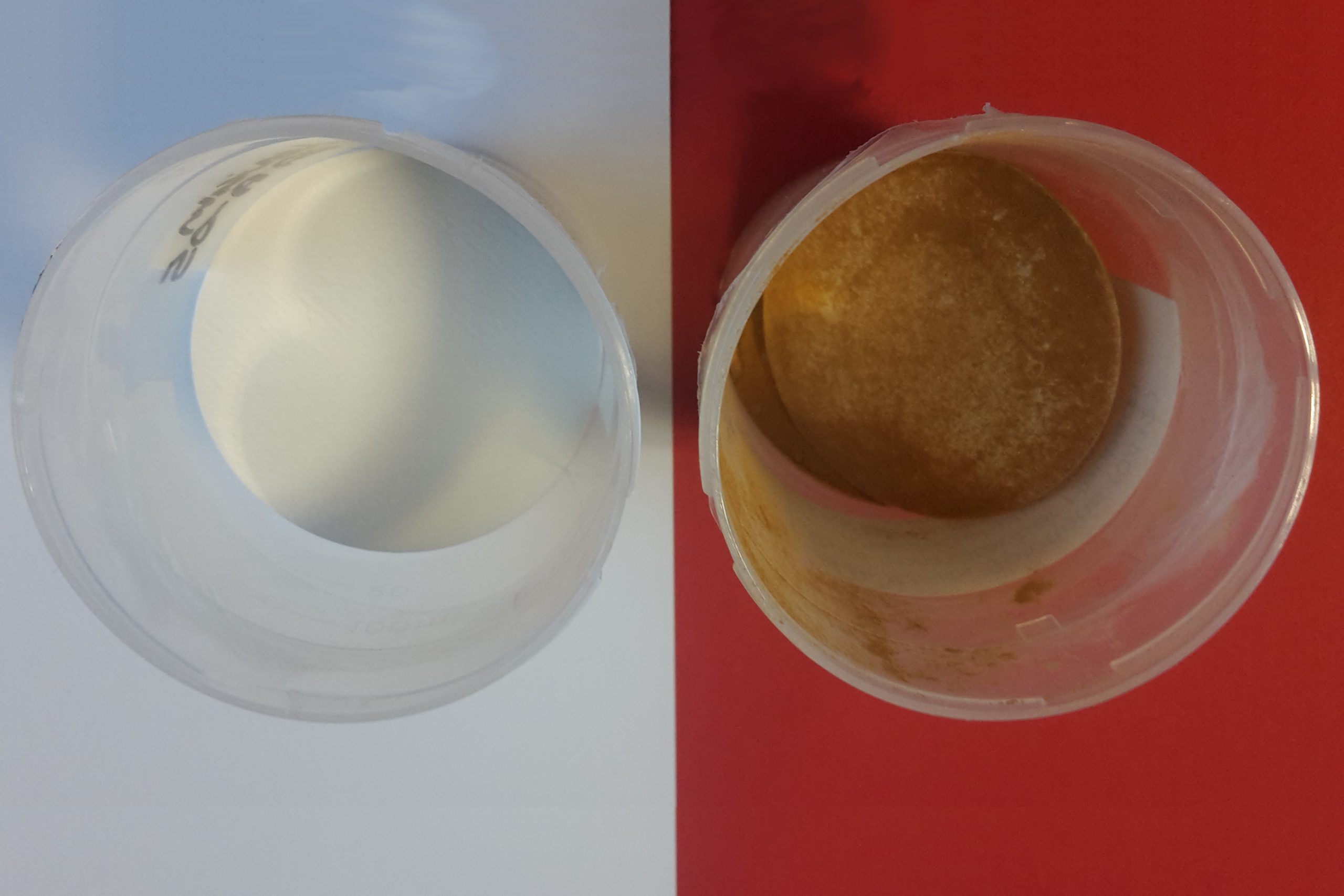
For a feed manufacturing plant it is of the utmost importance to stay clean and dust free. Luckily, new feed additives, such as organic selenium, that are dust free and ensure worker safety are readily available on the market.
To ensure workers safety in a premix or compound feed plant, measurements should be taken to limit exposure to hazardous substances in the air. Some feed additives are recognised as occupational hazards for which inhalation represents the main route of exposure. When there is a possibility that the commonly accepted threshold limit value (TLV) for a specific compound in air will be exceeded, due to high dusting potential of the additive, there is a toxicity risk. In this, case the dusting potential should be lowered to ensure workers safety. This is the translation of the Worker Safety legislation (89/391/EEC) into Feed Legislation at premix and feed manufacturing level. Former decade additive regulations did not include dust provisions, but recent authorisations include descriptions and provisions related to the particle size and dustiness of the additive concerned. Guidelines for such evaluation were published in the EFSA Journal in 2012.
What about trace minerals?
There is a high concern to assess the dusting potentials of trace minerals. These compounds are being sold as highly concentrated feed additives and can thus be toxic for humans even when the dusting potential is low. To limit dust some (trace) minerals have detailed composition requirements taken up in their specific authorisation. Di-copper chloride trihydroxide (3b409), for example, can be placed on the EU market only when a maximum of 1% of the additive has a particle size lower than 50 µm. This is also true for zinc chloride hydroxide monohydrate (3b609). Other trace elements (e.g. cobalt and iodine) have similar detailed composition requirements to limit dust. As physical dedusting is very difficult for trace elements, technological additives or feed materials included in the preparation of an additive are also possible ways to reduce the dusting potential of certain feed additives. This specific provision is taken up in the authorisation of the organic selenium source, L-selenomethionine (3b815). Here, the registration holder is obliged to make a preparation which ensures that the dusting potential of this compound is lower than 0.2 mg Se/m3 air (TLV). This limit is immensely important taking into account the extremely toxic nature of the element selenium upon inhalation. Table 1 gives an overview of organic Se products currently on the market and their dusting potential. L-selenomethionine is the first organic Se compound where the dust is regulated by EU law.
Organic Se compounds registered before 2014 have had their dusting potential assessed by EFSA, but specific EU regulations were lacking dust restrictions. When looking at the specific EFSA opinions of the selenised yeasts, the dusting potentials mentioned are consistently above the TLV (0.2 mg Se/m3 air). The hydroxy-analogue of selenomethionine, OH-SeMet (3b814), authorized in 2013, was also analysed on its dusting potential during EFSA evaluation. The dusting potential, measured by the Stauber-Heubach type II method, ranged from 4.4 to 5.9 g/m3 for 6 batches. Selenium concentration in the dust amounted to 9-11 mg/g. The level of mg Se/m3 air would then amount to 39.6-64.9. This numbers exceeds the TLV (0.2 mg Se/m3 air) more than 100 times. EFSA concluded that inhalation exposure of this additive poses a hazard to users, but the specific EU regulation lacked at that time a dust restriction. With regard to organic selenium, a survey (Table 1) was performed by Orffa in co-operation with an independent laboratory (Delft Solid Solutions, Wateringen, The Netherlands). Commercial samples of currently marketed organic selenium sources were analysed and in line with the dusting potential mentioned in the EFSA opinions, confirming the high risk of handling these products by factory workers. Commercial samples of L-selenomethionine (Excential Selenium4000; Orffa Additives BV, The Netherlands), analysed regularly as part of the quality control plan, are in line with the maximum EU limit taken up in the authorisation, ensuring workers safety when handling this product.
Feed for thought …
For a feed manufacturing plant it is of the utmost importance to stay clean and dust free. However the realisation of a dust free factory is far from obvious. Several manufacturing processes produce dust, and the dust production can only be eliminated when every dust critical point in the factory has a dust extraction installation. These installations are costly and have to be regularly inspected and evaluated on their efficiency. In the feed and flower mill industry, dust has never been far away. But it becomes more harmful when the dust contains also additives which are harmful for the environment and have to be disposed of in an appropriate manner. Even when dust extraction is applied throughout the factory a dusty product is difficult to dose and implies loss of product which is not desirable. Dust elimination of feed additives via a control on particle size or the addition of technological additives is possible. These technologies are already being applied and dust-free products are being produced, so there should be an incentive for feed additive manufacturers to control the dust of their products as well. Excential Selenium 4000, produced by Orffa, complies with this limit as the first and only organic selenium source in the market and therefore guarantees workers safety.
Author: Brecht Bruneel , Orffa Additives, the Netherlands


